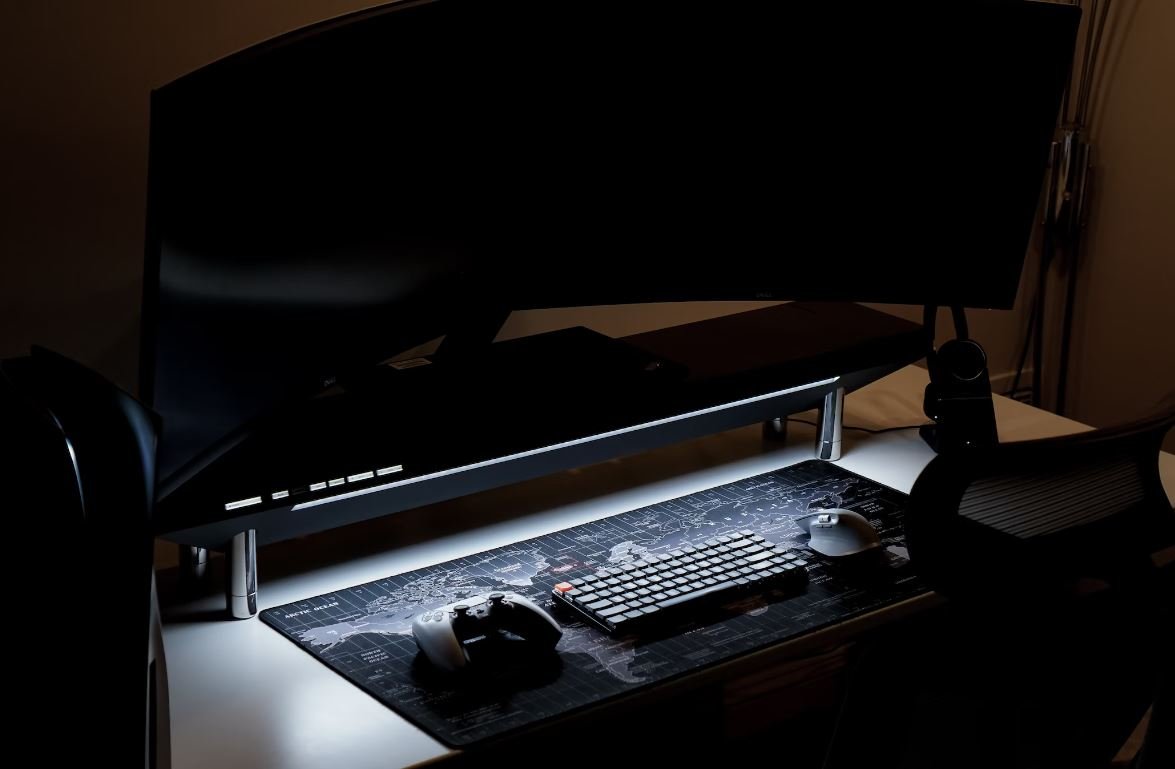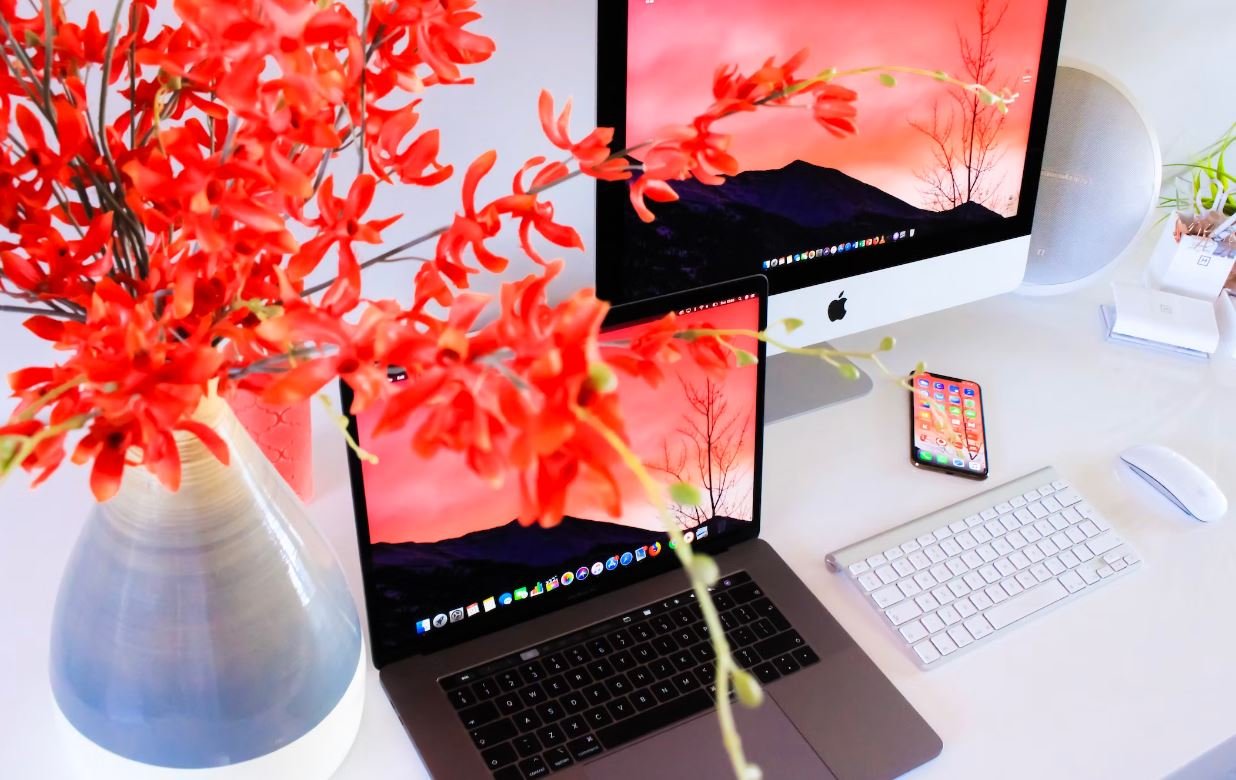Podcast Equipment for the Classroom
Podcasting has become a popular medium for sharing information and engaging with audiences. In the classroom, podcasts can be a powerful tool for students to express their creativity, improve their communication skills, and deepen their understanding of curricular topics. To create high-quality podcasts, having the right equipment is essential. This article will guide you through the different types of podcast equipment suitable for the classroom setting.
Key Takeaways
- Podcasting in the classroom enhances students’ creativity and communication skills.
- High-quality podcasting equipment is essential for producing professional audio recordings.
- Basic podcasting equipment setup includes a microphone, headphones, and recording software.
- Advanced equipment may include a sound mixer, pop filter, and high-quality headphones for editing.
- Podcasting equipment should be chosen based on the specific needs and budget of the classroom.
To start podcasting in the classroom, you will need a few basic pieces of equipment. The most important component is a microphone. Look for a USB microphone. For a more professional setup, consider a dynamic microphone that offers better noise cancellation. An excellent USB microphone to consider is the Blue Yeti USB Microphone, which provides great audio quality and versatility.
Another essential piece of podcasting equipment is a pair of headphones. Students will need headphones to listen to recordings, edit audio files, and improve sound quality. The Audio-Technica ATH-M50x Professional Studio Monitor Headphones are an excellent choice as they offer high-quality sound and superior comfort, allowing students to focus on their projects.
“Podcasting equipment can vary depending on the budget and goals of the classroom.”
| Equipment | Recommendation |
|---|---|
| Microphone | Blue Yeti USB Microphone |
| Headphones | Audio-Technica ATH-M50x Professional Studio Monitor Headphones |
For a more advanced podcasting setup, you can consider investing in additional equipment such as a sound mixer and a pop filter. A sound mixer allows for greater control over audio levels and mixing multiple sound sources, while a pop filter helps reduce plosive sounds like “p” and “b” for cleaner recordings. The Behringer Xenyx Q802USB Mixer and a Dual-Layered Pop Filter are great options for building a professional-grade podcasting studio in the classroom.
“With advanced equipment, students can take their podcasting projects to the next level.”
| Equipment | Recommendation |
|---|---|
| Sound Mixer | Behringer Xenyx Q802USB Mixer |
| Pop Filter | Dual-Layered Pop Filter |
Editing is an essential part of podcast production, and having high-quality headphones specifically designed for audio editing can greatly improve the overall sound quality. The Sennheiser HD 600 Open Back Professional Headphones provide accurate sound reproduction, ensuring students can catch any minute details in their audio recordings.
“Choosing the right equipment can greatly enhance the podcasting experience for students.”
Podcast Equipment Budget Considerations
- Consider the available budget for purchasing equipment.
- Compare prices and read reviews before making a final decision.
- Consider the durability and warranty of the equipment.
- Choose equipment that can be easily stored and transported.
- Take into account the specific needs and goals of the classroom.
When choosing podcast equipment for the classroom, it is important to consider the budget. While there are many options available at different price points, it is essential to compare prices and read reviews to ensure quality and value for money. Choosing equipment with durable construction and a reliable warranty can save costs in the long run, as well as considering the portability and storage requirements of the equipment.
With the right podcasting equipment, students in the classroom can unleash their creativity, develop their communication skills, and share their knowledge with a wide audience. By investing in quality equipment, educators can provide students with the tools they need to produce professional-grade podcasts that showcase their learning. So get started, explore the options, and watch your students become podcasting stars!

Common Misconceptions
Misconception 1: Podcasting equipment is expensive and difficult to set up
- Many podcasting tools are affordable and designed specifically for beginners.
- Simple USB microphones and headphones can be used with any computer or laptop.
- There are also free software options available that make the setup process easy and intuitive.
Contrary to popular belief, podcasting equipment doesn’t have to be expensive or complicated to set up. While professional-grade equipment can be costly, there are many budget-friendly options available that are perfect for classroom use. Simple USB microphones and headphones are sufficient for starting a podcast, and they can be easily connected to any computer or laptop. Additionally, there are free podcasting software tools available that provide a user-friendly interface for recording and editing audio.
Misconception 2: Recording a podcast requires soundproofing the classroom
- Recording in a quiet room or using a portable sound booth can minimize background noise.
- Noise reduction software can further enhance the audio quality during post-production.
- Using directional microphones can help focus on the desired sound source and minimize unwanted noise.
Some educators may assume that soundproofing the classroom is necessary for recording a podcast, but this is not true. While a quiet environment is ideal, it is not always feasible to soundproof an entire room. However, there are alternative strategies to minimize background noise. Recording in a quiet room within the school premises or using a portable sound booth can significantly reduce external noises. Additionally, noise reduction software can be used during post-production to further enhance the audio quality. Directional microphones are also beneficial as they help capture audio from a specific source while minimizing unwanted noise.
Misconception 3: Podcasting requires extensive technical knowledge
- Podcast hosting platforms offer step-by-step guides and tutorials for beginners.
- Online communities and forums provide support and advice for podcasters of all skill levels.
- There are plenty of resources, such as online courses and videos, available to enhance technical skills.
Many educators mistakenly believe that podcasting requires extensive technical knowledge. However, podcast hosting platforms often provide comprehensive guides and tutorials for beginners, making the process easy to understand and follow. Additionally, there are online communities and forums where podcasters can seek support and advice from others with varying levels of experience. These communities are great for sharing tips, troubleshooting issues, and learning from one another. Furthermore, there is an abundance of online resources, such as courses and videos, that provide technical training for those looking to enhance their podcasting skills.
Misconception 4: Podcasting is time-consuming and impractical for classroom use
- Podcasting can be incorporated into existing lesson plans and assignments.
- Recording short episodes reduces production time and allows for manageable classroom integration.
- Collaborative podcasting projects can distribute responsibilities and lighten the workload.
Some educators may dismiss podcasting as a time-consuming and impractical activity for the classroom. However, podcasting can be seamlessly integrated into existing lesson plans and assignments. For instance, students can research and record short episodes related to a specific topic, ensuring that the production time remains manageable. Collaborative podcasting projects are also a great way to distribute responsibilities among students, lightening the workload and allowing for a more practical classroom experience. By incorporating podcasting into the curriculum, educators can provide students with an engaging and creative learning opportunity.
Misconception 5: Podcasting is only for communication and language arts classes
- Podcasting can be utilized in various subject areas, including science, history, and even math.
- Integrating podcasting into different classes enhances students’ technical, creative, and critical thinking skills.
- Podcasts can be used as research projects, storytelling tools, or platforms for discussing current events.
It is common for individuals to associate podcasting solely with communication and language arts classes. However, podcasting can be integrated into a wide range of subject areas, including science, history, and even math. Podcasting provides a unique platform for students to showcase their knowledge, enhance their technical skills, and develop their creativity and critical thinking abilities. Whether used as research projects, storytelling tools, or platforms for class discussions on current events, podcasting can be a powerful educational tool that transcends traditional classroom boundaries.

Podcasting in Education: A Growing Trend
As technology continues to shape education, podcasts are becoming an increasingly popular tool in classrooms. To enhance the podcasting experience, it is crucial to have the right equipment. Here are 10 interesting tables showcasing various podcast equipment options for the classroom.
1. Microphones
Having a reliable microphone is essential for high-quality audio recordings. Below are different microphone options along with their specifications and prices:
| Microphone | Specifications | Price |
|---|---|---|
| Blue Yeti USB Microphone | Tri-capsule array, multiple pattern selection | $129 |
| Rode NT-USB | Condenser microphone, pop shield, tripod stand | $169 |
| Audio-Technica ATR2100x | XLR and USB output, cardioid dynamic | $99 |
2. Headphones
For a precise and immersive listening experience, quality headphones are necessary. Explore the following headphones tailored for educational podcasting:
| Headphones | Features | Price |
|---|---|---|
| Sennheiser HD280PRO | Noise isolation, ergonomic design | $99 |
| Beyerdynamic DT 770 PRO | Comfortable fit, balanced sound reproduction | $169 |
| Audio-Technica ATH-M50x | Exceptional clarity, swiveling earcups | $149 |
3. Portable Recorders
When conducting interviews or recording podcasts on the go, a portable recorder can be a valuable asset. Consider these options:
| Portable Recorder | Features | Price |
|---|---|---|
| ZOOM H5 Handy Recorder | Interchangeable mic capsules, four-track | $279 |
| TASCAM DR-40X | Dual internal condenser microphones, XLR inputs | $179 |
| Sony ICD-UX570 | Stereo microphone, 4GB built-in storage | $59 |
4. Pop Filters
To minimize unwanted plosive sounds, the use of pop filters is crucial. Here are some pop filter options for clear and crisp audio:
| Pop Filter | Features | Price |
|---|---|---|
| NEEWER Microphone Pop Filter | Dual-layered, flexible gooseneck | $9 |
| Dragonpad USA Pop Filter Studio | Metal mesh, 360-degree adjustable | $12 |
| Aokeo Professional Microphone Pop Filter | Double nylon mesh, sturdy clamp | $16 |
5. Boom Arms
Boom arms provide convenience and flexibility during podcast recordings. Consider the following boom arm options:
| Boom Arm | Features | Price |
|---|---|---|
| Heil Sound PL-2T Overhead Broadcast Boom | Internal springs, 42″ reach | $120 |
| Rode PSA1 Swivel Mount Studio Microphone Boom Arm | 360-degree rotation, detachable desk clamp | $109 |
| Blue Compass Premium Tube-Style Broadcast Boom Arm | Hidden cable management, 360-degree rotation | $179 |
6. Audio Interfaces
Audio interfaces serve as a bridge between microphones and computers, allowing professional sound capture. Explore these audio interface options:
| Audio Interface | Features | Price |
|---|---|---|
| Focusrite Scarlett Solo (3rd Gen) | 24-bit/192kHz, Scarlett mic preamp | $110 |
| PreSonus AudioBox USB 96 | Two combo mic/instrument inputs, MIDI I/O | $99 |
| Behringer U-Phoria UM2 | 48V phantom power, zero-latency monitoring | $49 |
7. Mixing Boards
Mixing boards allow for advanced audio control and optimization. Consider the following mixing board options:
| Mixing Board | Features | Price |
|---|---|---|
| Yamaha MG10XU | 10-Channel mixing console, built-in SPX effects | $199 |
| Allen & Heath ZEDi-10FX | 4 mic/line inputs, USB audio interface | $299 |
| Behringer Xenyx Q802USB | 8-input, 2-bus mixer, built-in stereo USB/audio interface | $79 |
8. Shock Mounts
To prevent unwanted vibrations and handling noise, shock mounts are essential for steady recordings. Consider these shock mount options:
| Shock Mount | Features | Price |
|---|---|---|
| Rode PSM1 Shock Mount | Compatible with Rode microphones, durable construction | $39 |
| Heil Sound PRSM-B Shock Mount | Unique mic threaded mount, adjustable support bands | $105 |
| Neumann EA 1 Elastic Suspension | Flexible rubber bands, excellent isolation | $59 |
9. Studio Monitors
Studio monitors allow educators and podcasters to listen to their recordings with utmost precision. Explore these studio monitor options:
| Studio Monitor | Features | Price |
|---|---|---|
| KRK Rokit RP5 G4 | Bi-amped class-D amplification, balanced inputs | $179 |
| JBL Professional 305P MkII | Patented Image Control Waveguide, 82W bi-amplified power | $139 |
| Adam Audio T7V | 7″ woofer, U-ART accelerated ribbon tweeter | $249 |
10. Audio Editing Software
Efficient audio editing software allows for seamless post-production and polishing. Consider these software options:
| Software | Features | Price |
|---|---|---|
| Adobe Audition | Multi-track editing, spectral frequency display | $20.99/month |
| Apple Logic Pro X | Professional music production, advanced audio mixing | $199.99 |
| Audacity | Open-source, free software, multi-platform support | Free |
Conclusion
Podcasting offers educators a unique opportunity to engage students through auditory means. With the right equipment, podcasting can become a powerful tool for enhancing the learning experience. By investing in microphones, headphones, portable recorders, and other essential equipment, educators can create immersive and high-quality podcasts in the classroom. Furthermore, audio editing software provides the final touch, enabling seamless post-production and sharing of podcasts with the world.
Frequently Asked Questions
Podcast Equipment for the Classroom
What are the essential podcast equipment for the classroom?
What type of microphone should I choose for podcasting in the classroom?
What should I consider when selecting headphones for podcasting?
Which audio editing software is recommended for classroom podcasting?
How can I ensure a reliable internet connection for podcasting in the classroom?
What are the benefits of using podcast equipment in the classroom?
Can I use a smartphone for classroom podcasting?
How can I engage students with podcasting in the classroom?
Are there any podcasting resources or educational programs available for teachers?
How can I evaluate students’ podcasting projects?


Leave a Reply